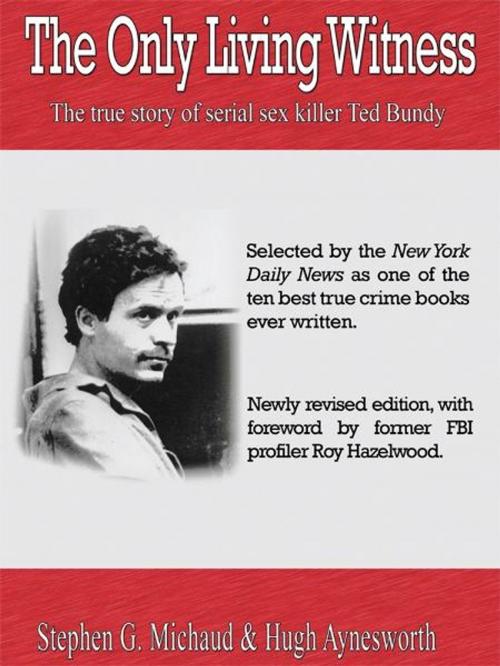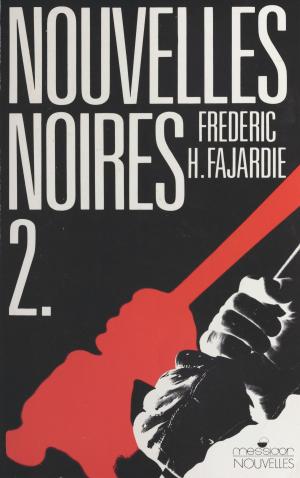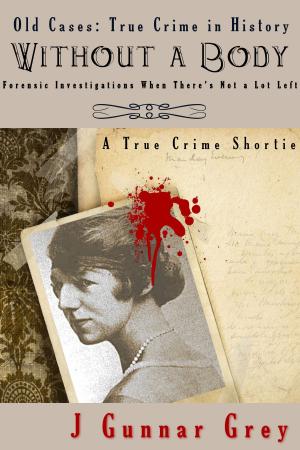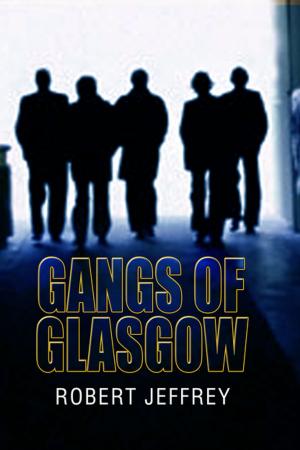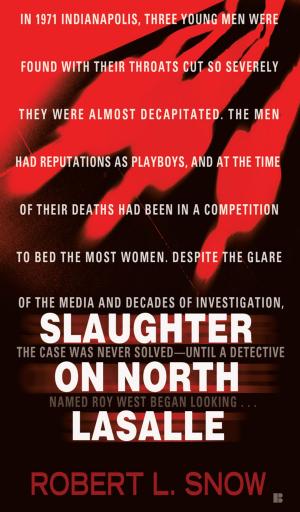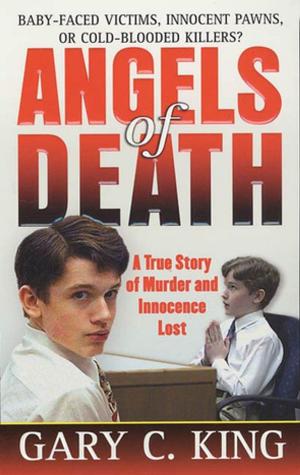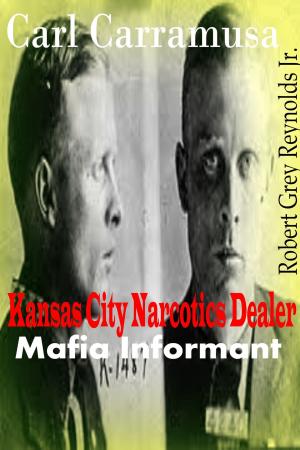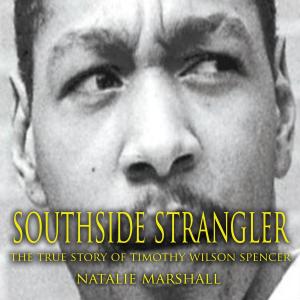The Only Living Witness
Nonfiction, Social & Cultural Studies, Social Science, Crimes & Criminals, Murder, True Crime| Author: | Stephen G. Michaud & Hugh Aynesworth | ISBN: | 9781928704911 |
| Publisher: | Authorlink | Publication: | January 15, 2012 |
| Imprint: | Authorlink Press | Language: | English |
| Author: | Stephen G. Michaud & Hugh Aynesworth |
| ISBN: | 9781928704911 |
| Publisher: | Authorlink |
| Publication: | January 15, 2012 |
| Imprint: | Authorlink Press |
| Language: | English |
Of all the infamous serial killers of the past two decades, Ted Bundy stands out as unique. Before he burst into the public consciousness, most people assumed that anyone capable of homicides heinous as the ones he committed had to be easily identifiable. As Bob Dekle, one of Bundys prosecutors, put it, People think a criminal is a hunchbacked, cross-eyed little monster, slithering through the dark, leaving a trail of slime. Theyre human beings. Those of us who study aberrant criminal behavior understood that important fact. Except for certain extreme cases of psychotic behavior, sexual criminals tend to appear and behave just like everyone else. In my experience, the overwhelming majority of ritualistic offenders (of which Bundy was a prime example) are middle-class white males of European descent. Well known examples include John Wayne Gacy, the Illinois serial killer of young men and boys; David (Son of Sam) Berkowitz; Albert DeSalvo, the Boston Strangler; and Harvey Glatman, the Lonely Hearts Killer, whose murders around southern California in the mid-1950s made Glatman the first high-profile serial killer. All of these men were intelligent, articulate, dedicated sexual murderers. But you couldnt tell by looking at them. None betrayed himself in his daily life. Bundys career was the most dramatic object lesson of all. He was the first coast-to-coast killer, the model of the traveling serial killer who took advantage of what Bundy called the anonymity factor. He was also the first celebrity killer, a consummate actor and a natural for television whose face and voice and courtroom demeanor were familiar all across the country. One of Stephen Michaud and Hugh Aynesworths most valuable contributions in The Only Living Witness has been to demystify Bundy. Most of the book takes place behind the scenes in his life, as they explore the complex psychology of a deeply-troubled, emotionally-unstable young man whose wholesome facade never before had been pierced. That Stephen and Hugh did so with Bundys eager cooperation is testimony to their reporting skills. But the greater achievement in The Only Living Witness is Bundys third-person ruminations on serial murder, speculations based on his personal experience. Not only did Bundy share with the authors a cogent and instructive reconstruction of the several developmental steps that lead to serial murderincluding the early manifestations of paraphilias such as voyeurismbut he also confirmed much of what my colleagues at the Behavioral Science Unit were discovering in their own interview survey of incarcerated killers. Although Bundy never actually confessed to Michaud and Aynesworth, he did reveal to them what is probably the most complete self-portrait ever painted by a serial killer. What he had to say is as relevant today as it was at the time, making The Only Living Witness as unique a document as Bundy was a killer. There are lessons in this book for everyone. Roy Hazelwood, June 1999
Of all the infamous serial killers of the past two decades, Ted Bundy stands out as unique. Before he burst into the public consciousness, most people assumed that anyone capable of homicides heinous as the ones he committed had to be easily identifiable. As Bob Dekle, one of Bundys prosecutors, put it, People think a criminal is a hunchbacked, cross-eyed little monster, slithering through the dark, leaving a trail of slime. Theyre human beings. Those of us who study aberrant criminal behavior understood that important fact. Except for certain extreme cases of psychotic behavior, sexual criminals tend to appear and behave just like everyone else. In my experience, the overwhelming majority of ritualistic offenders (of which Bundy was a prime example) are middle-class white males of European descent. Well known examples include John Wayne Gacy, the Illinois serial killer of young men and boys; David (Son of Sam) Berkowitz; Albert DeSalvo, the Boston Strangler; and Harvey Glatman, the Lonely Hearts Killer, whose murders around southern California in the mid-1950s made Glatman the first high-profile serial killer. All of these men were intelligent, articulate, dedicated sexual murderers. But you couldnt tell by looking at them. None betrayed himself in his daily life. Bundys career was the most dramatic object lesson of all. He was the first coast-to-coast killer, the model of the traveling serial killer who took advantage of what Bundy called the anonymity factor. He was also the first celebrity killer, a consummate actor and a natural for television whose face and voice and courtroom demeanor were familiar all across the country. One of Stephen Michaud and Hugh Aynesworths most valuable contributions in The Only Living Witness has been to demystify Bundy. Most of the book takes place behind the scenes in his life, as they explore the complex psychology of a deeply-troubled, emotionally-unstable young man whose wholesome facade never before had been pierced. That Stephen and Hugh did so with Bundys eager cooperation is testimony to their reporting skills. But the greater achievement in The Only Living Witness is Bundys third-person ruminations on serial murder, speculations based on his personal experience. Not only did Bundy share with the authors a cogent and instructive reconstruction of the several developmental steps that lead to serial murderincluding the early manifestations of paraphilias such as voyeurismbut he also confirmed much of what my colleagues at the Behavioral Science Unit were discovering in their own interview survey of incarcerated killers. Although Bundy never actually confessed to Michaud and Aynesworth, he did reveal to them what is probably the most complete self-portrait ever painted by a serial killer. What he had to say is as relevant today as it was at the time, making The Only Living Witness as unique a document as Bundy was a killer. There are lessons in this book for everyone. Roy Hazelwood, June 1999
